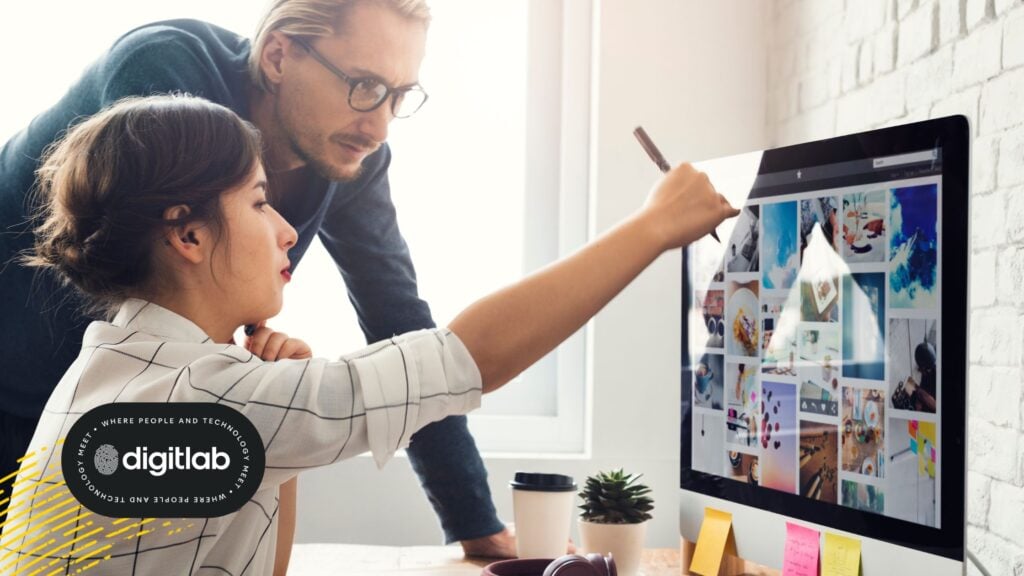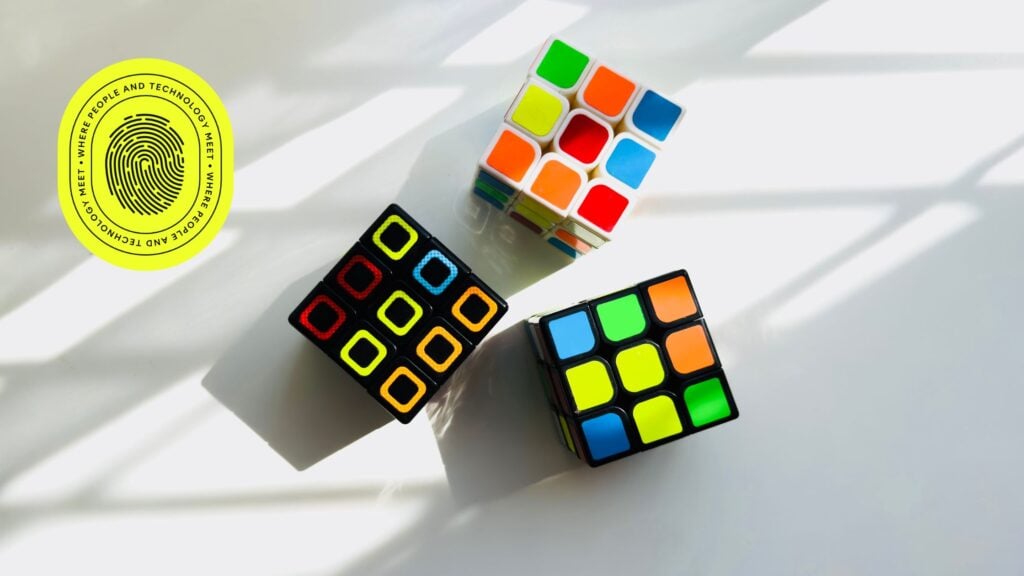The digital world has changed marketing and how businesses talk to customers. Social media allows for two-way conversations, and data helps us understand the market better and create a Seamless Customer Experience. Mobile devices make our messages more accessible to everyone.
Recently, we have focused heavily on digital channels like social media, mobile apps, and data collection. However, I think this focus has gone too far, emphasising digital over consumers’ needs.
The digital era has transformed how companies and consumers interact. It is hard to imagine how businesses thrived before mobile phones and apps. This change shows how quickly we have advanced in technology.
A report called “The Future State of Retail” identified nine important trends in retail: Augmented Reality, Curated Commerce, Customisation, Gamification, M-Commerce, Personalization, Seamless Customer Experiences, Social Retailing, and Clever Conveniences.
The Evolution of ROPO and Showrooming
While only 10% of purchases happen online, almost 40% are researched online. Retailers must understand the shift from online to offline shopping rather than just focus on e-commerce sales. Many people wrongly believe the customer journey starts and ends in one channel.
Customers are now in control of their shopping experiences. They complete purchases at their convenience, moving effortlessly between online and offline channels. ROPO (Research Online Purchase Offline) and showrooming describe this mixed approach.
Seamless Customer Experience
A key insight is the trend of “Seamless Customer Experiences.” Retailers are seeing digital as a way to enhance shopping, rather than a threat. This shift allows them to create positive experiences from ROPO and showrooming.
A seamless experience means customers can access important information—like in-store inventory, wish lists, and product reviews—both online and offline. Retailers who connect their channels so in-store staff can identify customers and access their information will attract loyal shoppers. Customers expect the same online experience in-store.
Connecting online and offline will set retailers apart in the coming years. Shoppers want smooth and enjoyable experiences, and adding hurdles to their journey hurts sales.
Smart retailers are finding ways to engage customers with unique in-store experiences that mix digital and physical elements. This creates tangible benefits that customers value and expect from online shopping.
Article originally published in Memeburn





